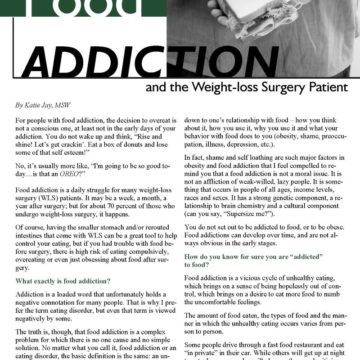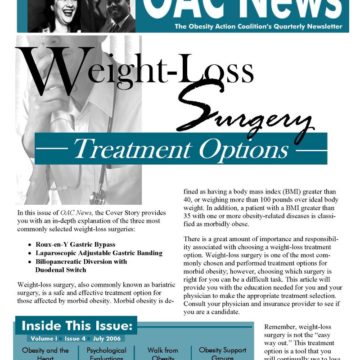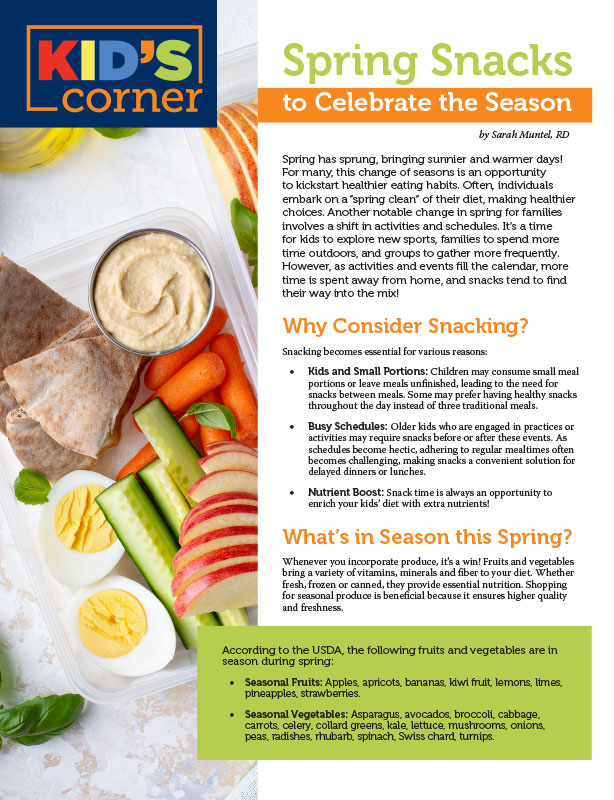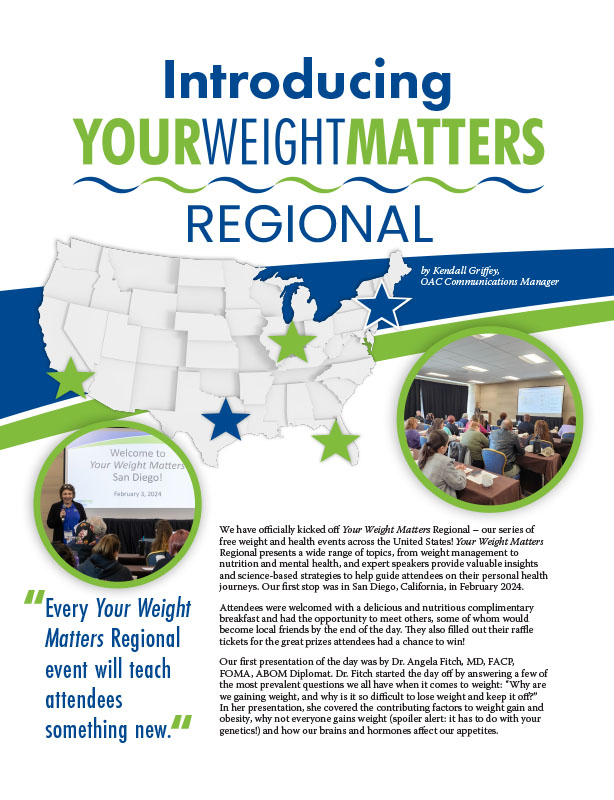Dining Out: Meeting the Challenge Pre and Post-Operatively

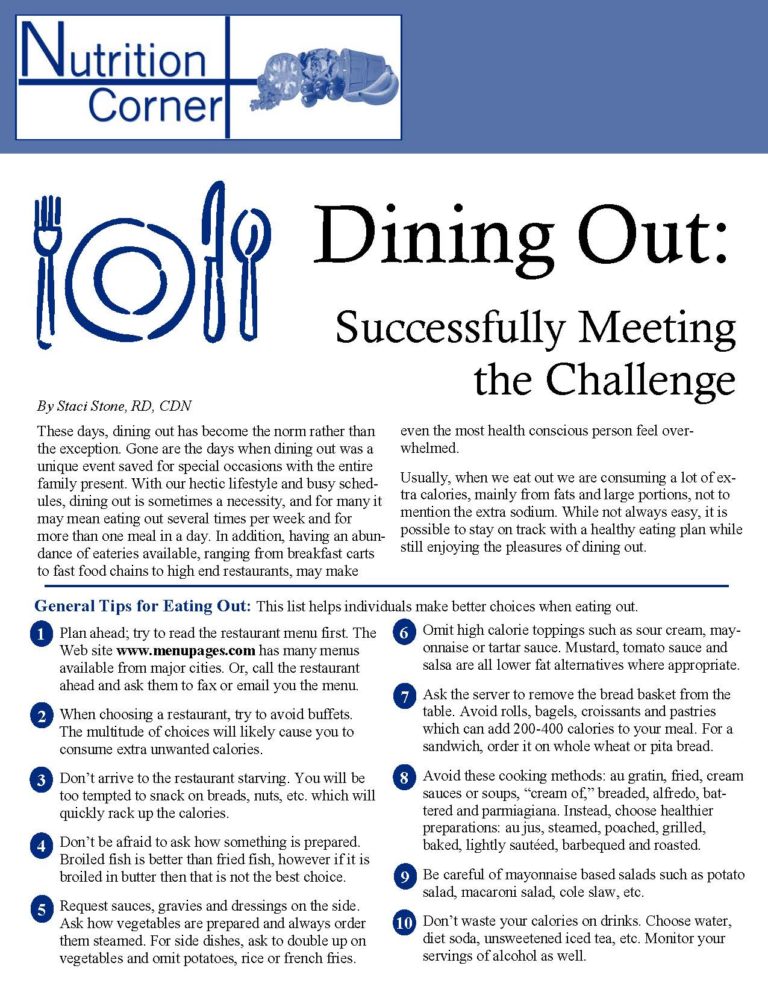
by Staci Stone, RD, CDN
Fall 2006
These days, dining out has become the norm rather than the exception. Gone are the days when dining out was a unique event saved for special occasions with the entire family present. With our hectic lifestyle and busy schedules, dining out is sometimes a necessity, and for many it may mean eating out several times per week and for more than one meal in a day. In addition, having an abundance of eateries available, ranging from breakfast carts to fast food chains to high end restaurants, may make even the most health conscious person feel overwhelmed.
Usually, when we eat out we are consuming a lot of extra calories, mainly from fats and large portions, not to mention the extra sodium. While not always easy, it is possible to stay on track with a healthy eating plan while still enjoying the pleasures of dining out.
General Tips for Eating Out:
This list helps individuals make better choices when eating out.
|
|
|
|
|
|
|
|
|
|
For the Post-Surgical Patient:
Once you have had weight-loss surgery, it is still possible to dine out at your favorite restaurants. It is more challenging during the early post-op period because of individual tolerances. This may be the time to forgo dining out until you tolerate more solid foods. Once you are cleared to dine out more often, feel free to enjoy while remaining mindful of healthy alternatives. The following are some helpful tips:
|
|
|
|
|
|
|
|
|
|
In conclusion, you have made an important life changing step toward a healthier future. While we know cooking at home is the preferable choice when watching fat and calories, there are ways to fit in restaurant dining as well. If you know that you are going out to eat one evening, try to be extra cautious during that day. Cut back on your portions, do some extra exercise. Moderation is key; however, you don’t want to look back at your meal or your dining experience with guilt.
Planning ahead can help you enjoy your dining experience without sabotaging your diet control and healthy eating habits. Planning ahead also enables individuals to know what their options are before arriving. That way your experience can be nothing short of enjoyable.
About the Author:
Staci Stone, RD, CDN, is a registered dietitian who works for Columbia University in NY with the Center for Advanced Surgery. She specializes in working with the bariatric population, providing nutrition counseling both pre and post surgery.
by Sarah Muntel, RD Spring 2024 Spring has sprung, bringing sunnier and warmer days! For many, this…
Read Articleby Kendall Griffey, OAC Communications Manager Spring 2024 We have officially kicked off Your Weight Matters Regional…
Read Articleby Nina Crowley, PhD, RD (with Inspiration from Shawn Cochran) Winter 2024 Dating, no matter your age,…
Read Article




